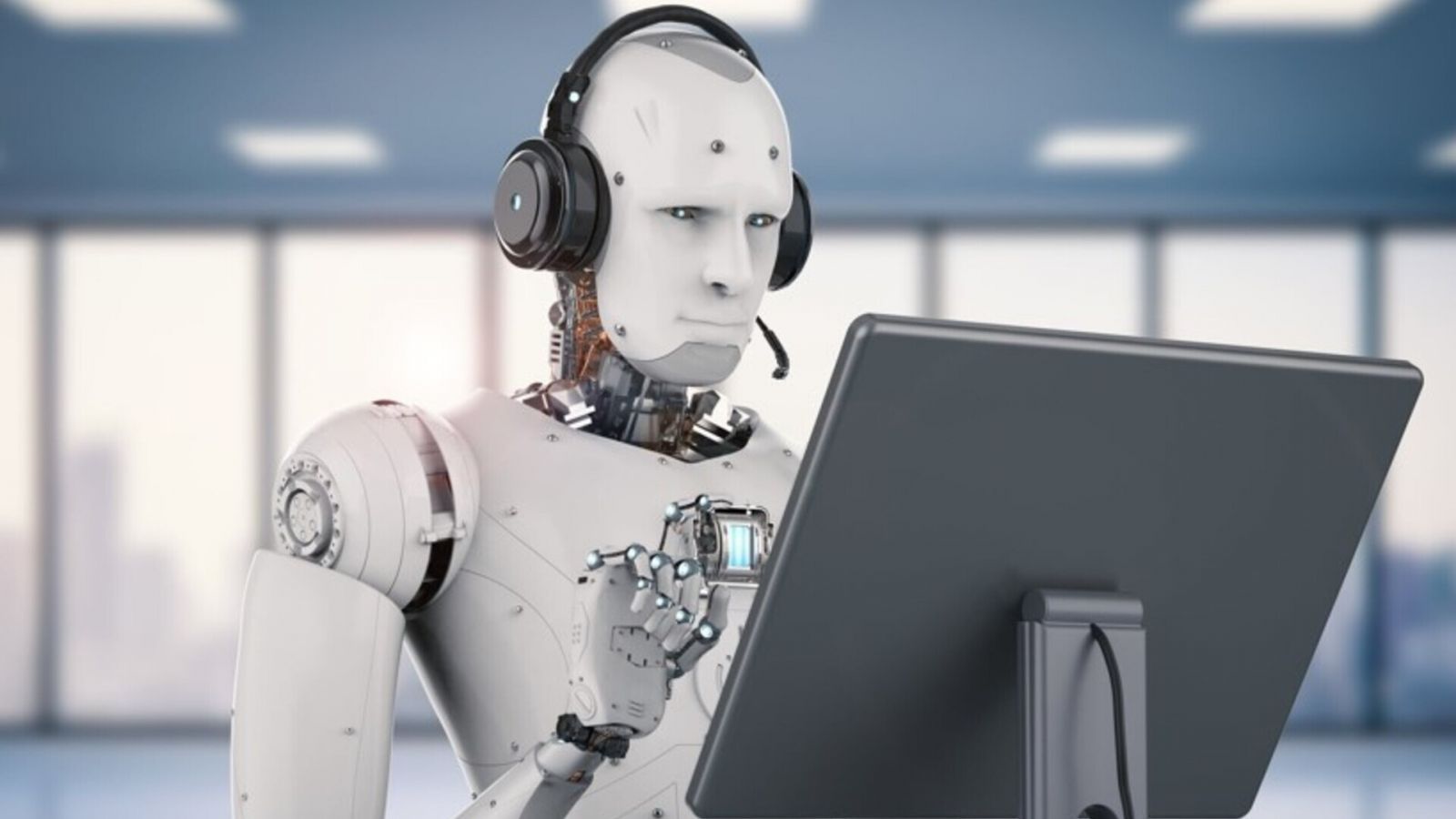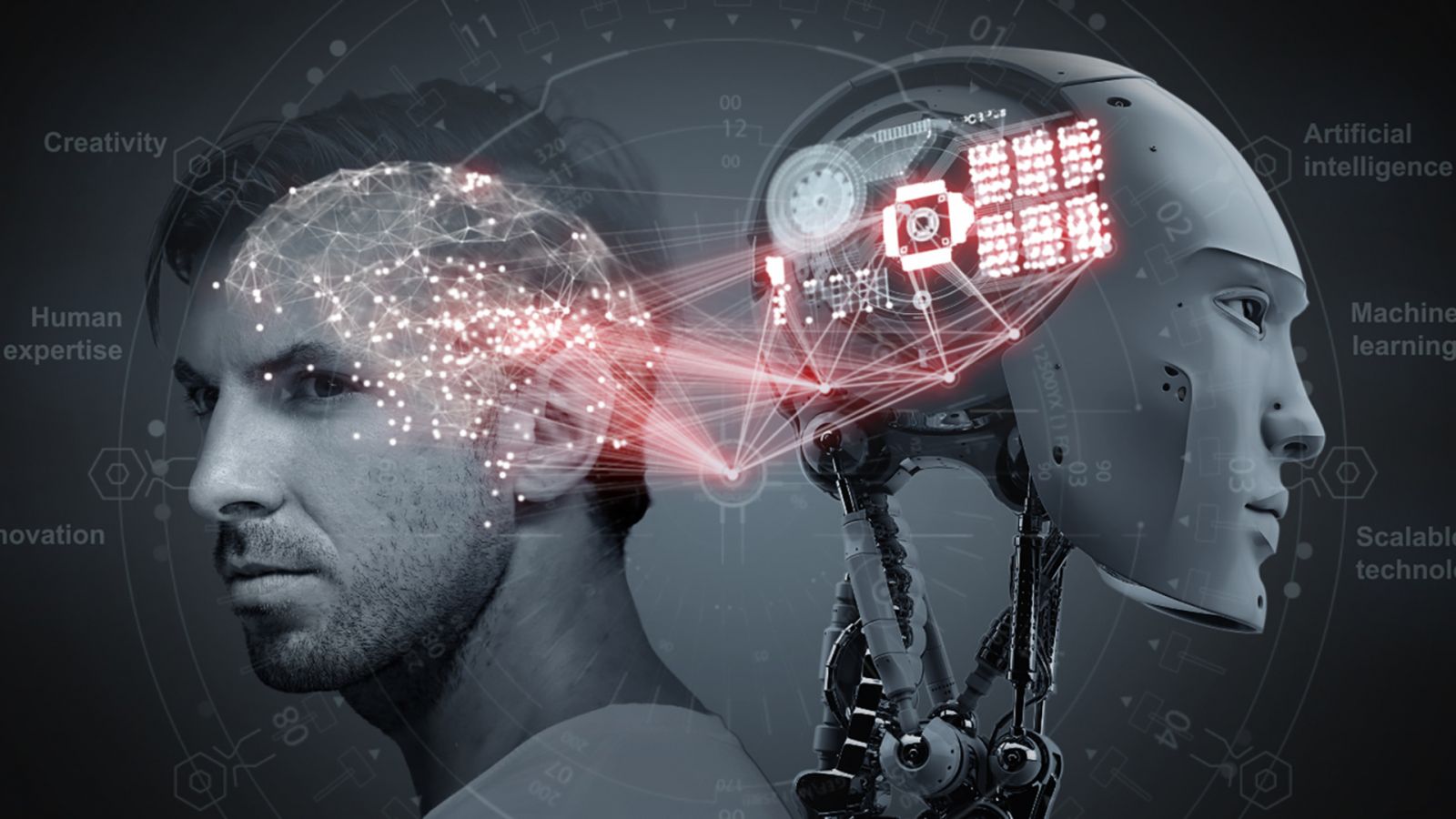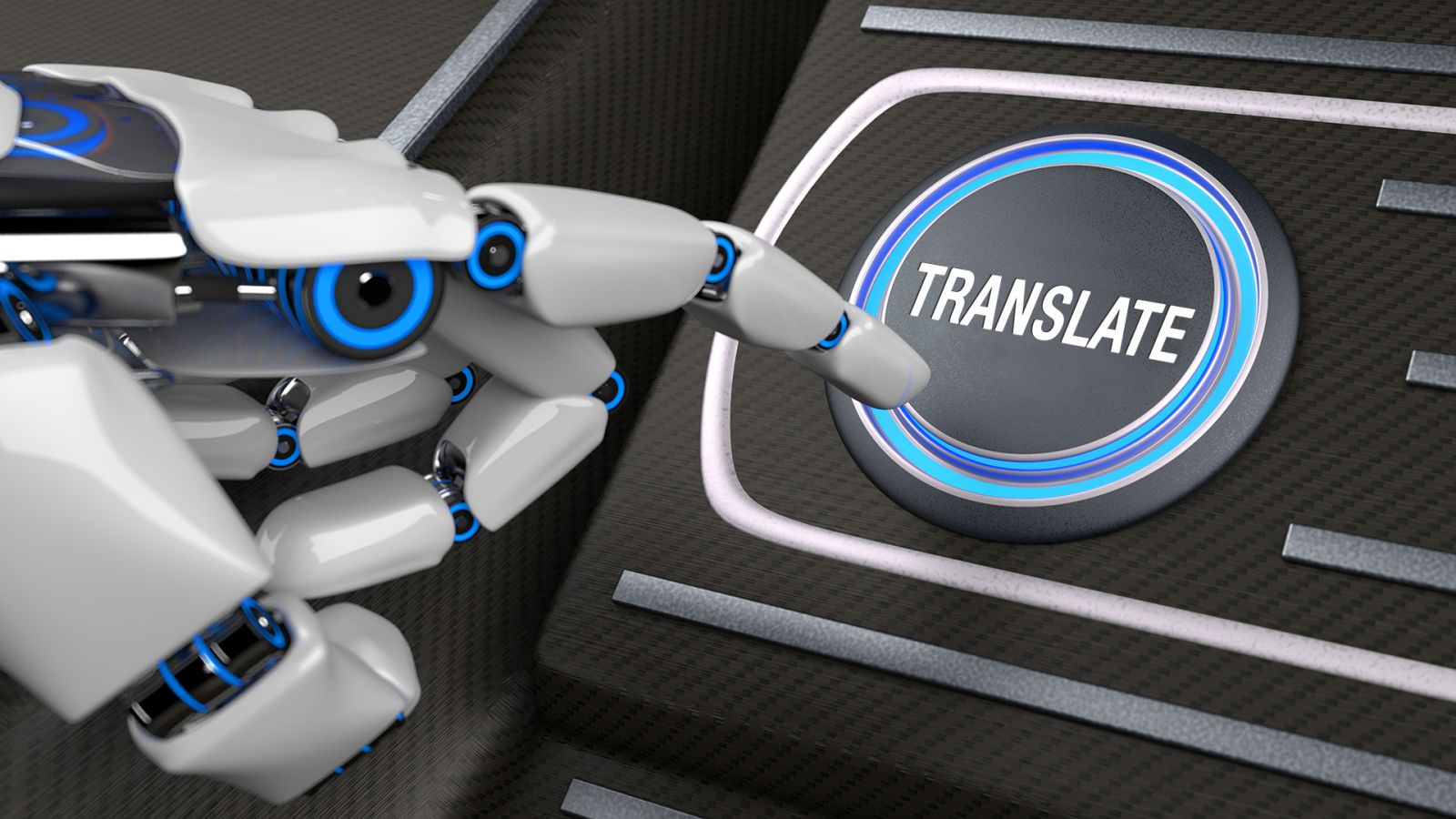What Is Machine Translation?
Machine translation is a technology that enables translation from the source language to the target language by utilizing various artificial intelligence methods that are constantly evolving in the translation industry. There are some public-domain engines such as Google Translate, Amazon Translate and others. Companies like HeliCo Translation that specifically provide this service use their own machine translation infrastructures.
How Is Machine Translation Done?
Machine translation requires using some technological methods. Since tools produced for machine translation are created using different methods, their functioning may differ. To put it all in simple terms, the first step of the machine translation process is the machine's recognition of words and phrases in the text that has entered into its system. After the machine has successfully recognized these words and phrases, it uses the method in which its system was created to generate the best match. In the latest technology, the machine analyzes the words based on the context of the text and produces the machine translation. To achieve the desired results with the machine translation to be used, the machine needs to be "trained".
What Are the Methods Used in Machine Translation?
Machine translation is a technology that first emerged as "Rule-Based Machine Translation". The language-related rules are processed into the machine in this method, and the translation is done within the confines of these rules. However, since languages are not fixed structures that can be solved with fixed rules like mathematical problems, this method does not always generate successful results. Another method is the "Statistical Machine Translation" method. In this method, texts previously translated by humans are loaded into the machine, and the machine processes these parallel texts to produce translations. In the "Neural Machine Translation" method, which employs the most advanced artificial intelligence technologies, the machine trains and develops itself. The machine builds neural networks based on user edits and attempts to generate the most accurate machine translation result.
Machine translation is a concept that entered our lives in the 20th century, but it has evolved thanks to the efforts of big companies such as Google, Microsoft, and Amazon, and it has risen to a prominent position in the translation industry. Until recently, the translations we received from machine translation were completely meaningless and inverted; however, with the development of technologies such as neural networks, we can now receive relatively more acceptable and understandable results. The constant training of machines with new data is the reason for this noticeable change.
However, machine translation cannot be a sufficient method on its own to take the place of high-quality translation output produced by humans in every field. Therefore, in order to improve machine translation output and make it acceptable in high-visibility content, the output must be edited by humans. Machine translation post-editing is the preferred method for improving the quality of machine translation output.

After taking the machine translation output of the entire text from the translation engines that the companies are developing for themselves, some companies prefer to utilize machine translation post-editing, while other companies prefer to use machine translation for word units and only use it as a suggestion tool.
With machine translation engines created using different methods, we provide top-notch service to our customers with various needs. You can contact HeliCo Translation for your machine translation service needs.
What Are The Applications of Machine Translation?
Translators can use multiple methods such as statistical machine translation and neural machine translation to achieve fast results in machine translation. It is possible to connect these to translation software with the API (Application Programming Interface) connections of the Computer Assisted Translation (CAT) tools. There is also machine translation software available provided by third parties.
There are both free and paid machine translation software available. You have to make your decisions based on your needs. Since free translation engines develop based on the data you provide them, the security of your data is jeopardized. The fact that the machine translation software completely complies with the confidentiality requirements, is a critical factor when making a choice.
When Is Machine Translation Preferred?
In today's world, machine translation is not a preferred method on its own. No matter how high-quality machine translation is, there will always be some elements that are missing when examined in detail. Examples of these elements are the lack of fluency that a good translator has, the omission of some words in sentences, and inconsistencies in numbers. Despite these missing elements, thanks to the fast translation it provides, this method is generally preferred for translation projects involving large volumes of big companies in order to reduce the total cost and shorten the work time with machine translation post-editing service to be provided by individuals.
The advantages of machine translation in terms of speed, of course, bring savings in total cost. With machine translation assisted translations done by translators who know where and how machine translation can be used, more affordable and fast translations can be obtained without sacrificing quality.
When Is Machine Translation Not Preferred?
Although machine translation has advantages in terms of speed and cost, it is not possible for the machine to meet certain concepts, such as cultural sensitivity and compliance, high language command, and translation that is appropriate for the context.
The fluidity and contextual harmony between sentences are important aspects of translations done by translators who understand and have a good command of the target audience's needs. Translators change the suffixes at the end of the words as necessary, adjust the placement of the same words used in different contexts in the text and express the meaning of the sentence in the most accurate way. Machine translation is inadequate in this and many other aspects.
Another aspect where machine translation is inadequate is its inability to provide consistency in term usage. Machine translation cannot be accepted to provide consistency, which is one of the most crucial aspects that translators should consider, particularly in technical and legal translations.

What Are the Advantages of Machine Translation?
What Are the Disadvantages of Machine Translation?
Is Machine Translation a Paid Job?
Today, translation engines can be accessed for free through web browsers. Aside from this, there are certain methods that are available for a fee. Most of these paid methods use special methods and experts to improve machine translation results. Machine translation engines that are “trained” day by day are preferred by individuals and organizations who prefer to operate under strict confidentiality agreements, especially for low-visibility content without the human touch.
There are machine translation engines there are freely available by everyone through web browsers. It is not possible to quickly get machine translation results of long texts using machine translation engines that are available for everyone. If you choose to use paid machine translation engines, however, you can acquire the machine translation results of your submitted text in seconds and use it after having it corrected by real translators. We recommend working with a service provider who has invested in this area if you want to use paid engines.
How Can You Establish Your Machine Translation Infrastructure?
Companies and organizations prefer to establish their own machine translation infrastructure, since they recognize the benefits that machine translation can provide for them and the shortcomings of existing tools. The best example of this is the Amazon machine translation source, which was created by Amazon to translate their uploaded content and is now available for a fee to other people and businesses.
Although the machine translation tool will not be entirely yours in this method, you can get personalized results by entering the terms you want to use in your translations into the system.
As HeliCo Translation, we create special termbases for the companies we work with, taking into account the specific terminology needs of our customers, and we make sure that we provide consistent translations all the time.
How Can We Establish the Machine Translation Infrastructure for Our Company?
It is becoming more and more important for companies to create their own machine translation infrastructure, since it can provide the translation of large volume of content within minutes. It is critical for companies to make use of their machine translation tools so that they can benefit from machine translation without jeopardizing their confidentiality, which they value greatly. They must also keep improving their translation engines by "feeding" them with human translation.
If you provide international services in business fields where you need to produce a large volume of content, or if you consistently produce the same type of content on the same topics, or if you want to benefit from machine translation in a more controlled and professional way, establishing your own machine translation infrastructure will be an ideal solution for you. In such a case, you can contact your language service provider and submit your sample texts. The translations of your sample texts generated by different machine translation engines are subject to machine translation evaluation. It is then decided which machine translation engine to continue working with after evaluating the results. Frequently used expressions are then added to the results of this engine and the artificial intelligence of the selected machine translation engine is specially trained for your content. After a while, you will notice that the quality of the machine translation output begins to improve. Although it may appear challenging at first, you will benefit from this process in the long term.

What Is Machine Translation Post-Editing?
Machine Translation is a type of translation that cannot be used without being altered. Using the translated text without altering it will result in critical errors as well as a lack of fluency in the text. In order to avoid such errors, a process called Machine Translation Post-Editing (MTPE) is carried out.
Machine Translation Post-Editing involves carefully reviewing and correcting the generated text by expert translators who are familiar with the common mistakes machine translation makes. In addition, the machine translation engine is evaluated if the consumer demands it.
What Does Machine Translation Post-Editing Do?
Machine Translation Post-Editing is an integral part of the machine translation process. In this step, the machine translation output is checked to verify whether it corresponds to cultural norms, whether the terms in the source language are translated in accordance with the context, or the terms are translated consistently throughout the document.
Customers, who know that their documents are translated with the help of the knowledge and experience of expert translators with this editing, can use these documents with peace of mind.
Who Performs Machine Translation Post-Editing?
Machine Translation Post-Editing is performed by translators who have knowledge and experience of this service and process. Even though machine translation appears correct, complete, and fluent at first glance, it is quite likely that there will be incomplete and incorrect translations when the text is examined in detail. Therefore, editing performed by people who are experts and trained in this field is necessary for machine translation to be usable.
How Is Machine Translation Post-Editing Performed?
Machine Translation Post-Editing process includes reviewing the output generated by the engine, editing the required sections and adapting it to the customer's needs.
The translator's approach to the text during Machine Translation Post-Editing is different from the approach adopted during the human translation. In human translation, the translator first reads the source text and then translates it. While in Machine Translation Post-Editing, the translator first reads both the target and source texts and compares them. In this way, factors such as whether the target text (translation) fully reflects what is intended to be conveyed in the source text, whether there are contextual errors, and whether there are phrases that are skipped without being translated can be understood more easily.
HeliCo Translation's team of Machine Translation Post-Editing experts establishes your company's machine translation infrastructure and provides ongoing support, such as training machine translation for only your content and editing machine translation results. You can contact us to get more information about our professional machine translation and Machine Translation Post-Editing services.
Author: Göksun Kocagöz
Date of Publication: 05/27/2021
Target Audience: People Who Need Machine Translation Services, People Who Need Machine Translation Post-Editing Services, Translators
Software Translation Services
Software Translation Services
With the emergence of a ...
Game Localization Service
Video games, which started to become widespread in the 1980s and appeal to ...
What Is SEO? Why Do We Need SEO?
Millions of internet users utilize search engines daily to find products, access ...
Simultaneous Interpretation Equipment Service
Simultaneous Interpretation Equipment
Simultaneous Interpretation Service
Simultaneous interpretation is an interpretation service provided by ...
Website Localization Services
The internet, which got involved in our lives at the beginning of the 21st century, has become an ...
Frequently Asked Questions About Localization
What Is Localization?
Localization is also known as ...
Frequently Asked Questions About Sworn Translation
What Is Sworn Translation? What Is Sworn Interpretation?
In general, ...
Frequently Asked Questions About Transcreation
What Is Transcreation?
Transcreation or creative ...
Frequently Asked Questions About Technical Writing
What Is Technical Writing?
Technical writing involves the ...
Frequently Asked Questions About Voice-Over
What Is Voice-Over?
Voice-over refers to removing the ...
Frequently Asked Questions About SEO Writing
What Is SEO?
SEO is an abbreviation for ...
Frequently Asked Questions About Proofreading
What Is Proofreading?
Proofreading means “the ...
Frequently Asked Questions About Desktop Publishing
What Is Desktop Publishing?
Desktop publishing ...
Frequently Asked Questions About Article Writing
What Is Copywriting?
Copywriting is a service that ...
Frequently Asked Questions About Editing
Who Is An Editor?
An editor is the person who plans ...
Frequently Asked Questions About Transcription
What Is Transcription? What Is Transcription About?
Transcription ...
Frequently Asked Questions About Subtitle Translation
What Is Subtitle Translation?
Subtitle translation is a ...
Mobile Application Translation
What comes to mind when you think of a mobile application? Listening to music, ...
What You Need to Know About Voiceover Service
As a result of the development of technology and the more frequent use of new tools, there are ...
LocNowAndFuture - Creative Minds Come Together
A valuable virtual conference and networking event for the localization ...
We Provided Simultaneous Interpretation at the Launch for the 5th Generation, New Renault Clio
Earlier this week, we participated in the launch of the new Renault Clio in Antalya as a provider of ...
Have You Ever Considered the Remote Interpreting Service Solution?
With the recent advances in communication technology, demands for online meetings such as video ...